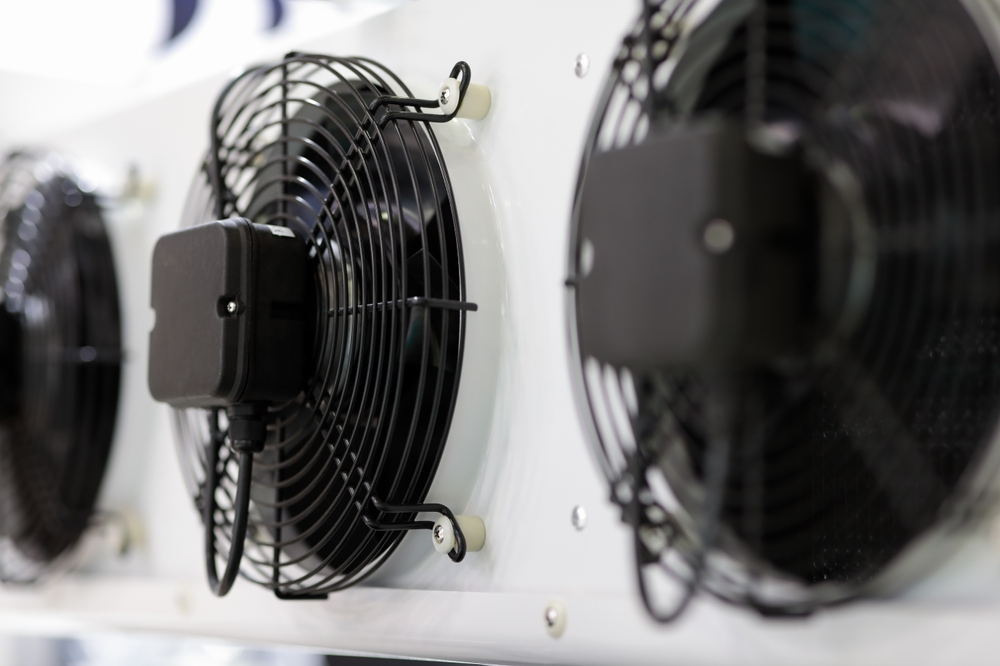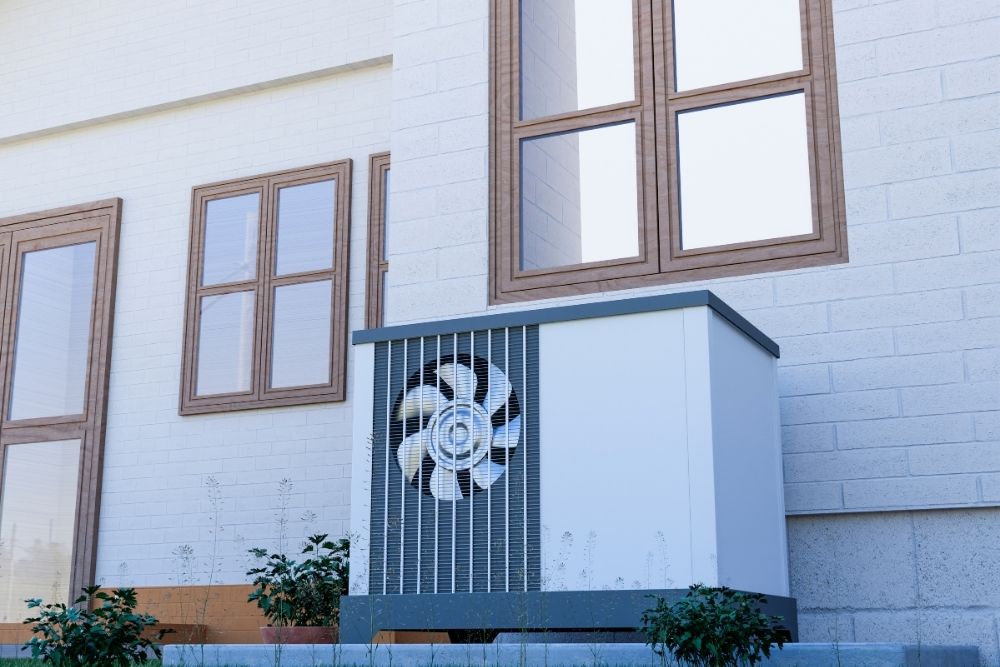
Resistance Life Enchance: Operation Maintenance and Savings Tips


The primary purpose of industrial cooling systems is to effectively remove heat generated during production or storage processes. In this process, the condenser serves as the critical component that transfers heat to the external environment, maintaining system balance. Improper selection of the condenser can lead to reduced cooling efficiency and excessive energy consumption. Particularly in large-scale industrial applications, the condenser’s performance directly impacts production quality and continuity.
A condenser with inefficient heat transfer causes the system’s compressor to work harder, which not only increases energy costs but also stresses all system components, leading to potential failures. Therefore, in industrial facilities, the condenser must be selected not only based on its heat exchange capacity but also its compatibility with the entire system. Long-lasting, durable, and highly efficient condenser models directly influence the system’s sustainability and operational performance.
Industrial cooling systems can be configured differently based on the process type and environmental conditions. Therefore, condenser selection must be tailored to the specific system type. For instance, cold storage facilities in the food industry require a different condenser design, while systems used in metal processing plants need more durable and high-temperature-resistant models. Selection should consider the system’s capacity, cycle type (water/refrigerant/air), and operating ranges.
Additionally, whether the system is stationary or mobile is a determining factor in the condenser structure. Mobile systems favor compact, lightweight, and easy-to-maintain condenser solutions. Stationary systems, however, prefer high-capacity condensers that can integrate with advanced control systems. Accurate analysis of these technical criteria is critical for establishing a long-lasting and efficient system.
When selecting a condenser type in industrial systems, a thorough comparison between air-cooled and water-cooled systems is necessary. Air-cooled condensers stand out for their ease of installation and low maintenance costs, making them preferable in areas with limited water resources. However, these condensers typically require more space and may experience efficiency losses in hot weather conditions. Thus, they should be carefully evaluated for facilities in high-temperature environments.
In contrast, water-cooled condensers offer higher cooling efficiency and compact sizes, providing space advantages. However, they require continuous water circulation, which can complicate maintenance processes. Factors like water quality, scaling, and corrosion risks are critical for the sustainability of these systems. Evaluating the advantages and disadvantages of both systems is key to making the right choice based on the facility’s physical conditions and budget.

One of the primary criteria for condenser selection in industrial systems is capacity requirements. The system’s required heat transfer rate directly determines the condenser’s size and technical specifications. However, high-capacity systems often require large spaces, which can create significant constraints in layout planning. Therefore, condensers must be chosen to provide sufficient cooling power while fitting within the available space.
In cases of limited space, high-efficiency compact condensers or vertically arranged systems can be preferred. This allows installation without compromising system performance. Additionally, modular condenser systems offer scalability, aligning with the facility’s growth plans. When the space-capacity balance is properly established, system efficiency is maximized, and operating costs are minimized.
Today, one of the most prioritized criteria in condenser selection is energy efficiency. The energy consumption of a condenser system constitutes a significant portion of the cooling system’s total costs. Highly efficient condensers can deliver the same capacity with less energy, leading to substantial savings on energy bills. Technologies like EC fans, microchannel structures, and advanced control systems offer significant advantages in this regard.
Energy efficiency is not only about direct consumption but also about the system’s overall operational balance. A low-efficiency condenser can strain other components, causing imbalances across the system. This increases maintenance costs and shortens system lifespan in the long term. Therefore, when purchasing a condenser, technical data such as energy class, COP (Coefficient of Performance), and heat transfer coefficient should be thoroughly examined.
The climate characteristics of the region where the condenser will be installed are a critical factor in the selection process. Environmental variables such as temperature, humidity, wind direction, and air quality directly affect the condenser’s performance. For example, condensers operating in hot climates may require specialized fan designs and durable components resistant to high heat. Similarly, stainless materials should be preferred in high-humidity regions.
A condenser that cannot adapt to environmental factors suffers efficiency losses over time, requires more frequent maintenance, and has a higher failure rate. This disrupts operational continuity and increases total ownership costs. Therefore, the condenser’s compatibility with environmental conditions and its protection against external factors are of critical importance. A properly configured condenser operates stably despite external conditions, providing reliability to the facility.
Materials used in condensers are crucial for ensuring long-term performance and resistance to environmental impacts. Metals with high conductivity, such as copper and aluminum, enhance heat transfer, improving system efficiency. However, for condensers operating outdoors, durable materials like galvanized steel or stainless alloys should also be considered to reduce corrosion risks and maintenance frequency.
Details such as the quality of weld points, leak-proof pipe connections, and surface coatings also determine the condenser’s durability. In systems operating under harsh and prolonged conditions, certified and tested materials should be prioritized. Material quality affects not only the device’s lifespan but also the system’s safety and energy performance. Thus, material durability should be a key evaluation criterion alongside price during selection.
Proper condenser selection may involve a higher initial investment but yields significant savings long-term. Low energy consumption, reduced maintenance needs, and high performance stability directly contribute to the operating budget. Additionally, the right choice ensures uninterrupted production processes, driving efficiency gains. Fewer failures also enhance operational safety.
Moreover, energy-efficient condensers reduce carbon emissions, aligning with environmental sustainability goals and enhancing brand value. Compliance with regulations becomes easier, providing advantages during external audits. For these reasons, condenser selection should be treated not just as a technical decision but as a strategic investment.

Fill out the form to discover the most suitable high-end products for your projects. Contact Us Now.